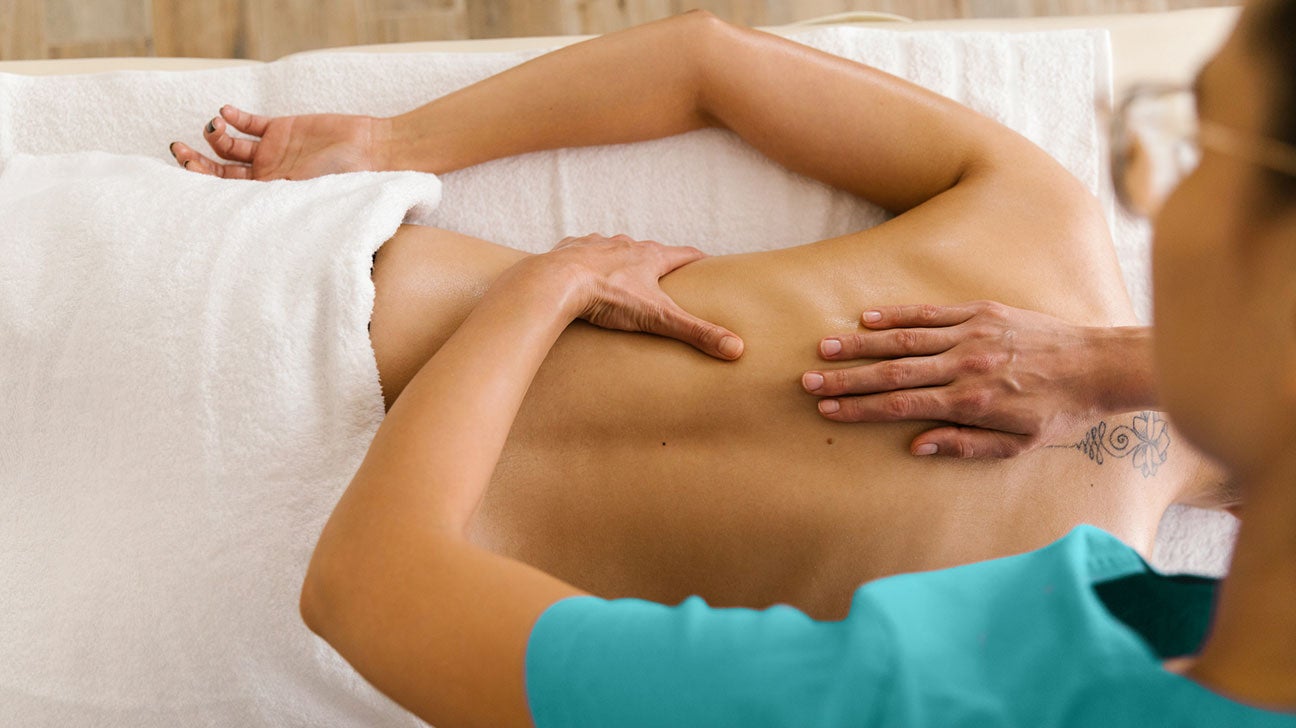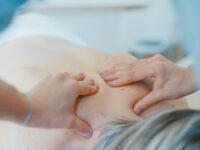Health Benefits of Massage
Massage has become increasingly popular as a treatment for physical and mental health issues. However, it should not be used if pressure sores are present, and you should consult your physician about any underlying medical problems. For more information, click the link https://massagereset.com/ provided to proceed.
Theories abound on how massage works, but one is that it interrupts the pain loop by stimulating larger-diameter nerve fibers that carry competing messages to the brain.

Massage is the manipulation of muscles and soft tissues using fingers, hands, elbows, and forearms. Its many health benefits include pain relief, muscle relaxation, and stress reduction. It also helps maintain healthy muscles and improve overall body balance and posture. Muscle manipulation through massage also increases the elasticity and flexibility of the muscles. This is accomplished by increasing the flow of blood to the muscles. This allows for a proper supply of oxygen and nutrients to the muscles. This reduces the buildup of lactic acid and speeds up the recovery process.
Vigorous exercise can cause tiny tears in muscle fibers. This initiates a healing response as the immune system repairs these tears. This is the reason why you may feel sore after vigorous exercise. Massage has been shown to speed up the healing of these injured muscles. This is due to several physiological effects, such as increased circulation and the release of feel-good hormones like serotonin and dopamine. These hormones help decrease the fight-or-flight response, which is associated with fear and anxiety.
When you get a massage, your skin’s temperature increases. This causes the blood to move into the superficial and deep muscles, loosening them. This helps reduce muscle tightness and the formation of knots and adhesions. A buildup of waste products or high levels of tension causes these. Massage helps break down these adhesions and knots, restoring the muscles to their normal state.
Getting sore after exercising is uncomfortable and can keep you from going back to the gym when you need to train to improve your strength. A regular massage can help alleviate this soreness and help you get back into your workout routine sooner.
Aside from relieving soreness, a good massage can also help prevent future injuries. Massage helps relieve muscle tightness that can lead to a strained or pulled muscle. It also increases blood circulation around the affected muscle, which can help prevent the inflammation that can occur with a strain or pull. This is because increased circulation brings fresh, oxygenated blood to the area that can help the cells in the muscle tissue repair themselves.
Your joints connect your bones to your muscles and allow for various motions. These important areas can suffer from a lot of wear and tear over time, including chronic tight muscles, rheumatoid arthritis, osteoporosis, and other conditions. Research has shown that massage can relieve pain in the joints. It helps keep them supple and flexible, which is good for your body.
It’s important to be honest with your massage therapist about the areas of your body that hurt. During your session, your massage therapist will ask how much pressure you want; you should be clear about your preferences and indicate any tender or sore areas. The therapist will also need to know about any present injuries, rashes, or wounds on your body so that they can take special care not to damage these sensitive areas.
In addition to relieving muscle and tendon pain around your joints, massage can help keep them healthy by improving muscular balance. This is important because if you have tight muscles, it can pull your bones out of alignment. Tight muscles can also cause poor posture, which negatively affects your health, such as putting stress on internal organs and causing breathing issues.
Another way that massage can improve the function of your joints is by reducing inflammation in the area. Massage stimulates blood flow to the area, bringing nutrients and oxygen to the joint and flushing out accumulated wastes, such as carbon dioxide and lactic acid. If you have a condition that causes an overabundance of these wastes, such as diabetes, it can increase inflammation in the joints and weaken your muscles and tendons.
Although many experts agree that massage is a great way to ease joint pain, there are certain medical conditions where massage should be avoided. Always check with your doctor before you decide to try it. They can help you determine if it’s right for you and recommend a massage therapist knowledgeable about your condition.
Athletes rely on massage to keep their muscles healthy and ready for training and competition. This is because if a muscle is not at its best, it will become fatigued quickly and be more susceptible to injury. Athletes also use massage to recover from strenuous workouts by breaking down adhesions and restoring muscle fiber alignment.
A study conducted by scientists found that massage helps speed recovery by improving muscle tissue quality. This is because the mechanical response of massage increases the temperature of soft tissues, causing muscles to relax and stretch. In addition, it inhibits the release of pain-producing hormones and boosts muscle growth and repair.
Researchers examined the muscle tissue of mice before and after massage and found that it reduced levels of inflammatory chemicals called cytokines. In addition, it increases the number of mitochondria in muscles – these are tiny powerhouses that convert glucose into energy for cells. This means that massage decreases the inflammation caused by exercise and helps the muscles to rebuild and grow stronger after intense exercise.
Maintaining healthy muscles is particularly important for athletes because the demands on their bodies are extremely high. When a muscle is not in its best condition, it will not have the strength or endurance to complete intense workouts, and if the athlete continues with the workout, their muscles may become injured. A massage is a good way to prevent this by increasing the blood flow to the muscles, removing any metabolic waste, and promoting muscle tissue recovery.
Massage stimulates the parasympathetic nervous system, which is responsible for our rest response, slowing the heart rate and lowering the production of stress hormones. This allows the body to relax and recover, and is why many people feel less sore after a massage. Athletes with regular massages as part of their training program will find that their muscles can last through intensive workouts and will not tire or break down. As a result, they can train harder and achieve better results in their events.
Proper blood circulation is vital for the appropriate functioning of our body. It enables the delivery of oxygen and nutrients to different tissues, helps eliminate metabolic waste, and bolsters our immune system. Insufficient blood circulation can lead to several health problems, including weakness, fatigue, muscle cramps, and even a heart attack or stroke.
Massage increases blood circulation in many ways, but one of the most important is through vasodilation. This occurs when the smooth muscles that line the blood vessels relax during a massage, reducing the pressure and restriction on them. This allows the blood to flow through the vessels more freely, increasing their diameter and improving circulation (Crane et al., 2012).
The increase in the diameter of blood vessels also helps to improve muscle health and energy by making it easier for the muscles to transfer oxygen from the blood to them. This is a common physiological effect of all types of massage, especially deep tissue, and it primarily makes a massage beneficial to your overall health.
Another way that massage helps increase circulation is by encouraging the flow of lymph, a fluid that carries metabolic waste products away from the muscles and other tissues. This is particularly important because the lymphatic system tends to become clogged with stagnant lymph, which can cause serious complications such as autoimmune disease and chronic pain.
Some massage techniques are designed to stimulate lymph flow, such as effleurage and cross-fiber friction. These techniques increase the temperature of soft tissue and encourage a healthy flow of lymph through the bloodstream, which reduces stagnation and boosts immunity.
Other massage techniques that can help increase circulation include wringing, which involves lifting and squeezing muscle tissue with both hands. This technique improves tissue elasticity and encourages healthy lymph flow through the muscular fascia (connective tissue that wraps muscles throughout the body). This type of massage is commonly incorporated into sports and other therapeutic massage forms. It can also treat specific injuries and chronic pain such as low back or neck pain.




